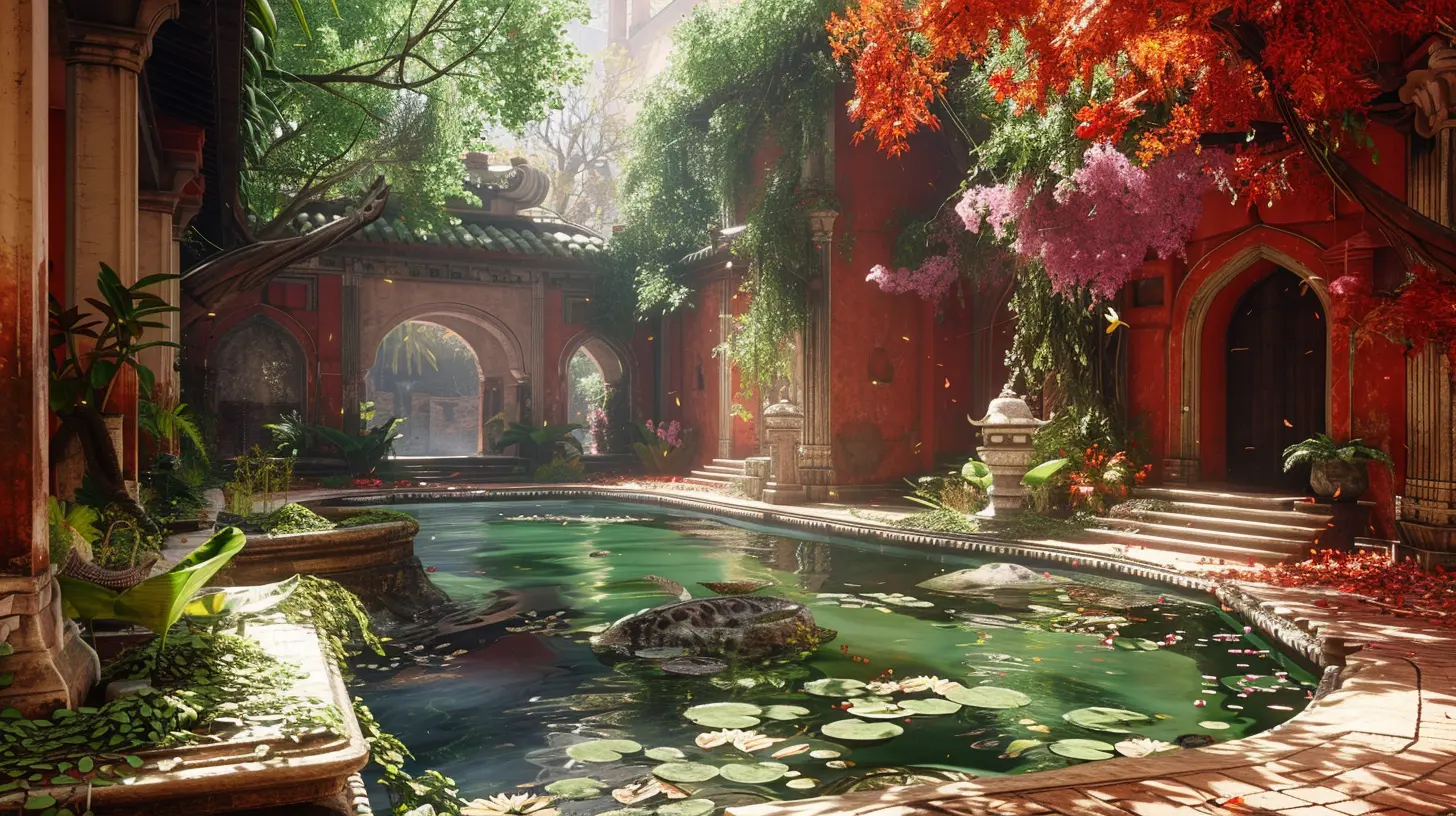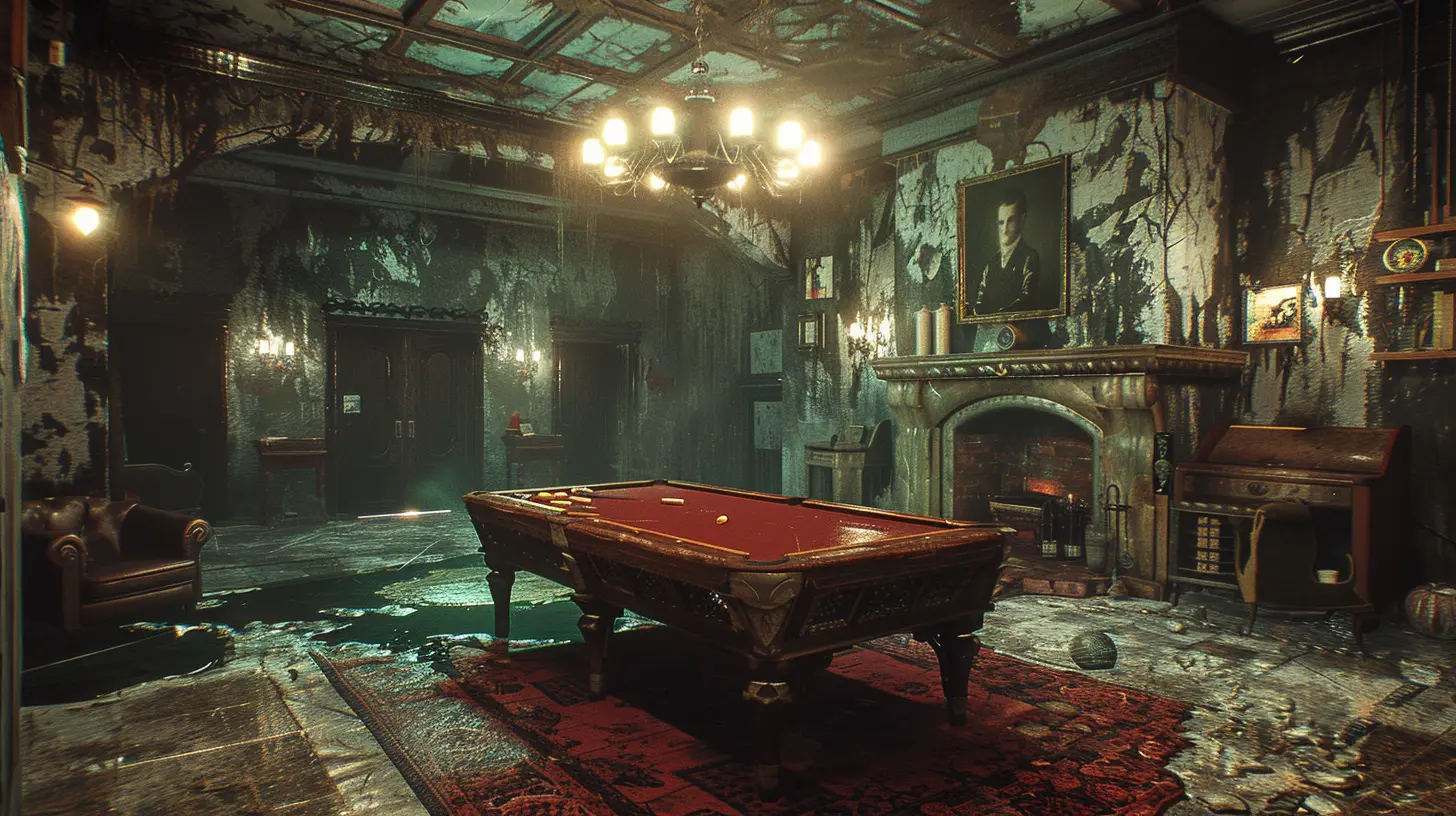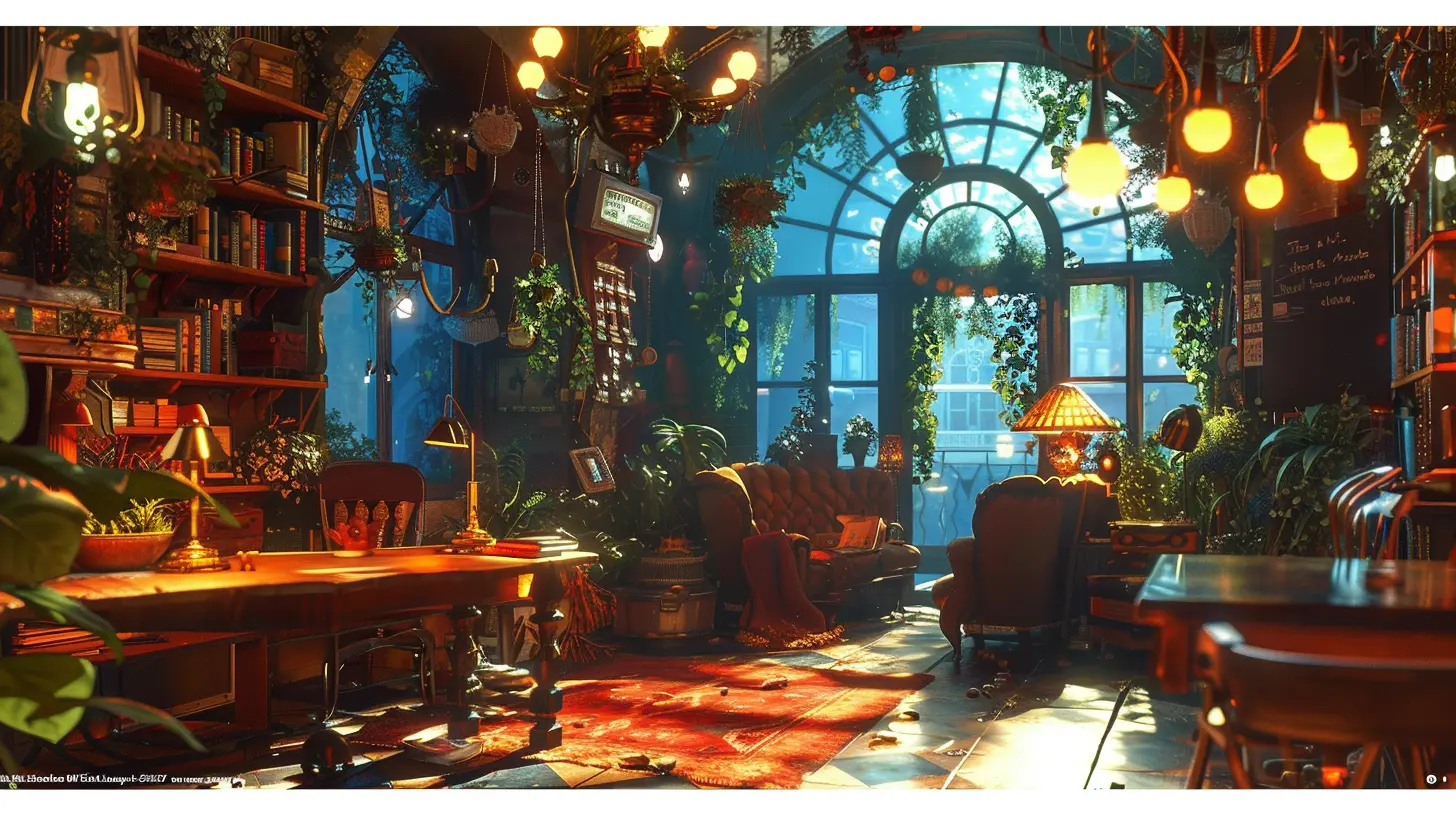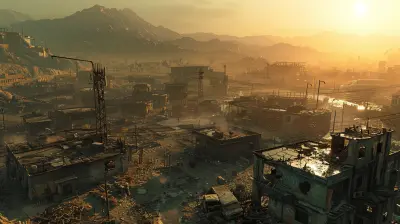Interactive Environments: How Objects Affect Gameplay Mechanics
12 July 2025
Video games have come a long way since the days of Pong and pixelated 2D sprites. Today, they’re interactive worlds where players can lose themselves for hours, experimenting with mechanics, solving puzzles, and exploring every nook and cranny. But have you ever stopped to consider how much the objects in these environments impact your gameplay experience? From destructible crates to movable platforms, objects aren’t just eye candy—they’re the backbone of interactive environments.
Let’s dive into how objects shape gameplay mechanics and why they’re such a big deal in modern gaming. Trust me, you’ll never look at a barrel in an action game the same way again.
The Role of Interactive Environments in Gaming
Let’s start with the basics: what do we even mean by “interactive environments”? In simple terms, it’s those in-game worlds where the player can actively interact with objects. These objects aren’t just static props to make the game prettier; they’re functional and often tied to gameplay mechanics.Think about games like Minecraft or The Legend of Zelda: Breath of the Wild. In these games, objects are more than just scenery—they’re tools for solving puzzles, defeating enemies, or crafting new items. Without the ability to interact with these objects, the gameplay would feel hollow, wouldn’t it?
So, why do game developers go to such great lengths to make environments interactive? The answer is simple: immersion and engagement. When you can mess around with objects and see tangible results, the world feels alive. It’s no longer just a backdrop, it’s your playground.
Objects as Tools: Expanding Player Agency
Ever pushed a crate in a puzzle game to reach a high platform? That’s a prime example of how objects affect gameplay mechanics. Objects are often designed to act as tools in games, enabling players to overcome obstacles or accomplish tasks.Puzzles and Problem-Solving
In puzzle-based games like Portal or The Witness, interactive objects are essentially your puzzle pieces. The way you manipulate them determines your success. A portal gun, for example, wouldn’t be half as intriguing if the walls couldn’t act as surfaces for your portals.Developers intentionally design these objects with specific mechanics in mind, forcing players to think, experiment, and discover solutions. It’s the ultimate brain workout—like playing chess, but with an interactive, visual flair.
Weapons and Damage Dealers
On the flip side, objects often double as tools for destruction. Ever used a frying pan as an impromptu weapon in a survival game? Not only is it hilarious, but it also adds an extra layer of creativity to gameplay. Games like Dead Rising are famous for their over-the-top use of everyday objects as weapons, letting you turn just about anything into a tool of total chaos.Here’s the cool part: these mechanics aren’t just for show. They give players freedom and reinforce the idea that they’re in control of the game world. You’re not just a passive observer—you’re the creator of your own solutions.
Objects and Player Experimentation
Let’s be real: part of the fun of video games is doing things just to see what happens. Throwing objects, smashing them, combining them—players are naturally curious, and interactive environments amplify that curiosity.Physics-Based Gameplay
Physics engines have completely changed the game (pun intended). In titles like Half-Life 2 or Red Faction: Guerrilla, you can pick up objects, throw them, or blow them up, just to see the reaction. This is no accident—developers intentionally design these worlds to reward experimentation.Take Half-Life 2’s Gravity Gun. It’s not just a weapon; it’s a physics toy. You can use it to fling saw blades at enemies, move obstacles, or solve puzzles. It’s a sandbox in your hands, encouraging you to tinker with the environment for your benefit.
Crafting and Customization
Another way objects encourage experimentation is through crafting. Games like Minecraft and The Forest let you combine items to create new tools or structures. Want to build a massive fortress? Gather wood and stone. Need a quick torch? Combine a stick with coal. These mechanics make the game world feel interactive on a personal level—you’re shaping it based on your creativity.
Objects as Obstacles: Adding Challenge
Not all objects are helpful. Some are specifically designed to mess with players, adding challenge or forcing them to think critically. Whether it’s a booby-trapped chest in Dark Souls or a slippery ice platform in a platformer, objects keep players on their toes.Environmental Hazards
Every gamer has faced the dreaded spike pit. These hazards are objects too, designed to punish reckless behavior. Think of them as a nudge from the developers, reminding you to pay attention and strategize before jumping headfirst into danger.Environmental objects can also create dynamic challenges. In Red Dead Redemption 2, for example, bad weather or unstable terrain can turn even a simple journey into a battle of endurance. The interactive environment becomes a character in its own right, shaping the narrative.
Resource Management
Sometimes, objects are limited resources. Have you ever had to conserve ammo or health packs in a survival game? That scarcity makes every decision more meaningful. Do you use your last med kit now, or wait and hope for another one later? Objects as resources add layers of strategy to gameplay, making every action feel significant.Interactivity and Storytelling: The Emotional Connection
Objects don’t just affect mechanics—they shape the story, too. In games, objects often have a narrative purpose, grounding you in the world and making it feel authentic.Environmental Storytelling
Games like The Last of Us and Gone Home excel at environmental storytelling. You’ll stumble across notes, photos, or items that give you insight into the world or its characters. These objects aren’t just there to fill space; they’re breadcrumbs that guide you through the narrative, piecing together a story without spoon-feeding it to you.If you’ve ever found an abandoned teddy bear in a post-apocalyptic game and felt a pang of sadness, you know exactly how powerful objects can be.
Player-Driven Stories
Some games, like The Sims or Animal Crossing, leave storytelling entirely up to the player. Objects in these games are tools for crafting your own narrative. Whether it’s decorating your dream home or choosing an outfit for your avatar, these mechanics create a personalized experience.The Future of Interactive Environments
With advancements in technology, interactive environments are only going to get better. Developers are now incorporating AI, procedural generation, and more realistic physics to make objects even more dynamic. Games like Minecraft Legends and Starfield give us a sneak peek into how objects will evolve alongside gameplay mechanics.Imagine a future where every object in a game has its own set of rules and interactions. A world where you can manipulate every stone, tree, or piece of trash in a meaningful way. The possibilities are endless, and honestly, pretty exciting.
Final Thoughts
Objects might seem like small pieces of a bigger picture, but they’re the unsung heroes of interactive environments. They shape gameplay mechanics, encourage experimentation, challenge players, and even tell stories. The next time you’re playing a game, take a moment to appreciate that crate you just smashed or that campfire you used to save your progress. Without these objects, the game world would feel static and lifeless.Interactive environments aren’t just about building pretty worlds—they’re about building experiences. And at the end of the day, isn’t that what gaming is all about?
all images in this post were generated using AI tools
Category:
Game MechanicsAuthor:

Pascal Jennings
Discussion
rate this article
1 comments
Selkie McKeehan
Great insights on the impact of interactive environments in games! It’s fascinating how object manipulation can enhance gameplay mechanics and player experience. Looking forward to seeing more innovative designs!
July 27, 2025 at 4:04 PM

Pascal Jennings
Thank you! I'm glad you enjoyed the insights. Exciting innovations are definitely on the horizon!


